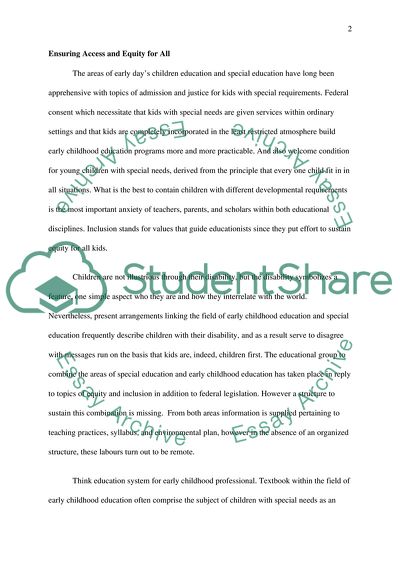Cite this document
(Barriers in Education Case Study Example | Topics and Well Written Essays - 1750 words, n.d.)
Barriers in Education Case Study Example | Topics and Well Written Essays - 1750 words. https://studentshare.org/education/1722257-special-educational-needs-in-primary-education
Barriers in Education Case Study Example | Topics and Well Written Essays - 1750 words. https://studentshare.org/education/1722257-special-educational-needs-in-primary-education
(Barriers in Education Case Study Example | Topics and Well Written Essays - 1750 Words)
Barriers in Education Case Study Example | Topics and Well Written Essays - 1750 Words. https://studentshare.org/education/1722257-special-educational-needs-in-primary-education.
Barriers in Education Case Study Example | Topics and Well Written Essays - 1750 Words. https://studentshare.org/education/1722257-special-educational-needs-in-primary-education.
“Barriers in Education Case Study Example | Topics and Well Written Essays - 1750 Words”. https://studentshare.org/education/1722257-special-educational-needs-in-primary-education.


